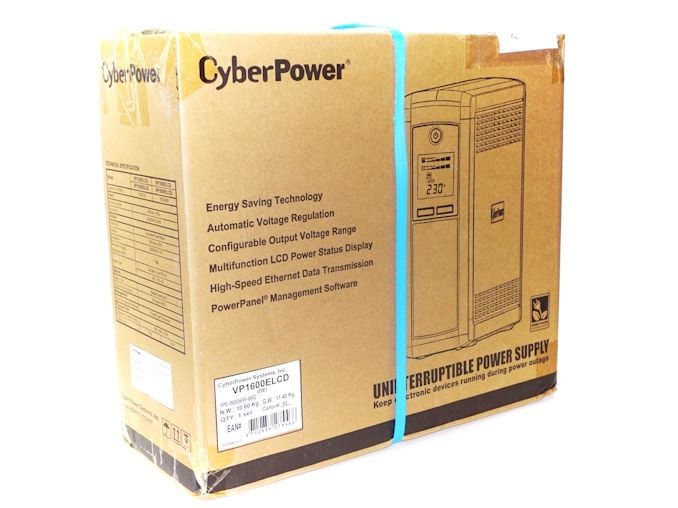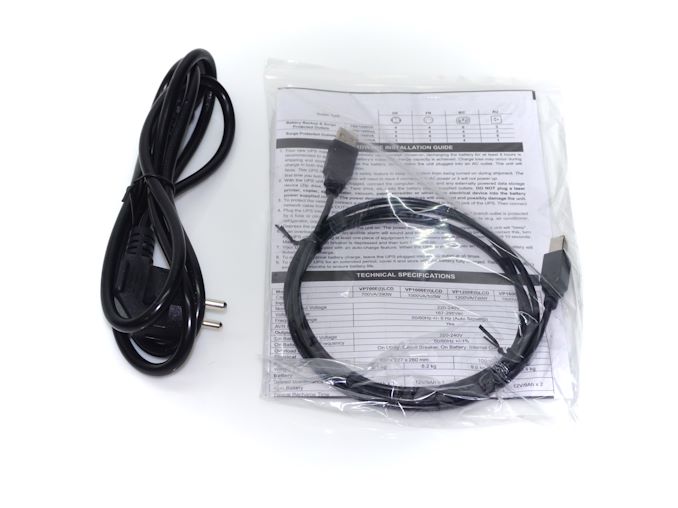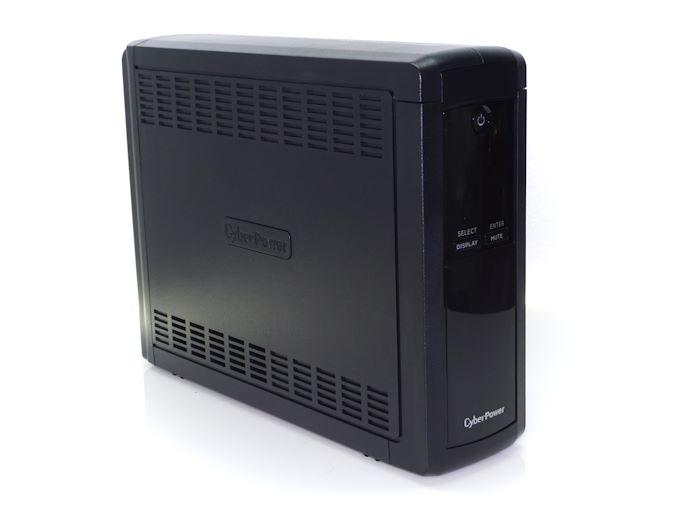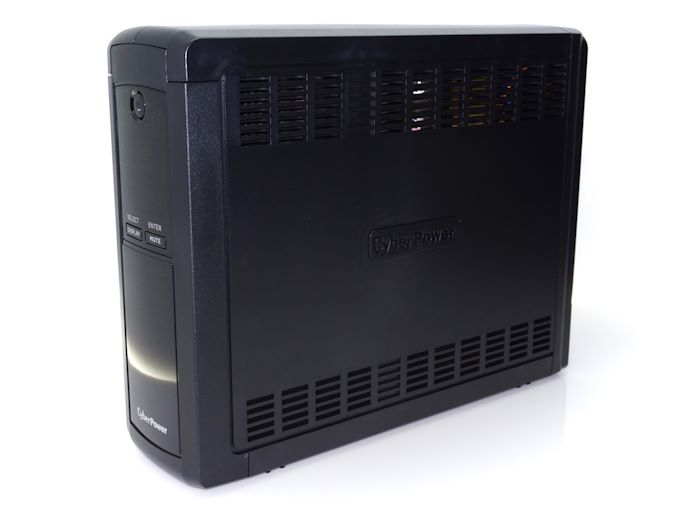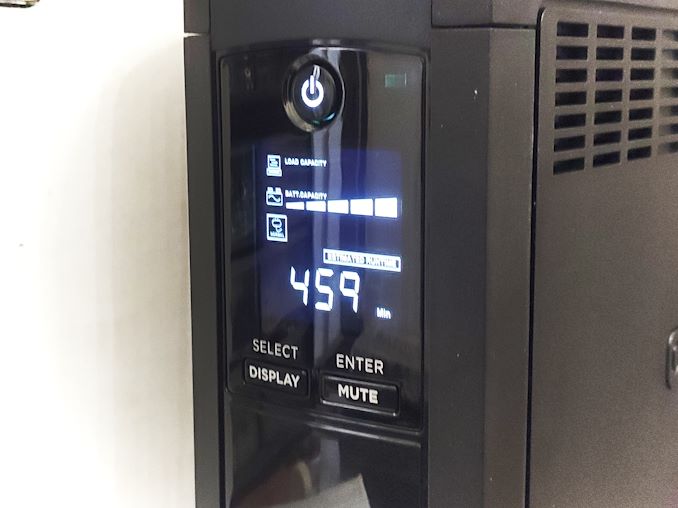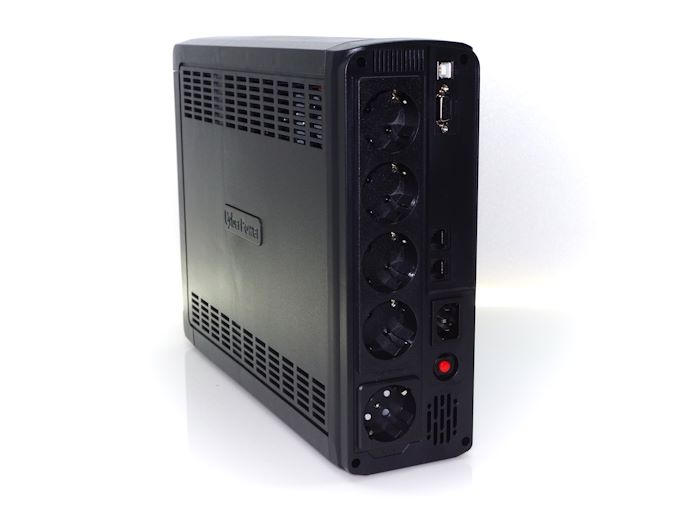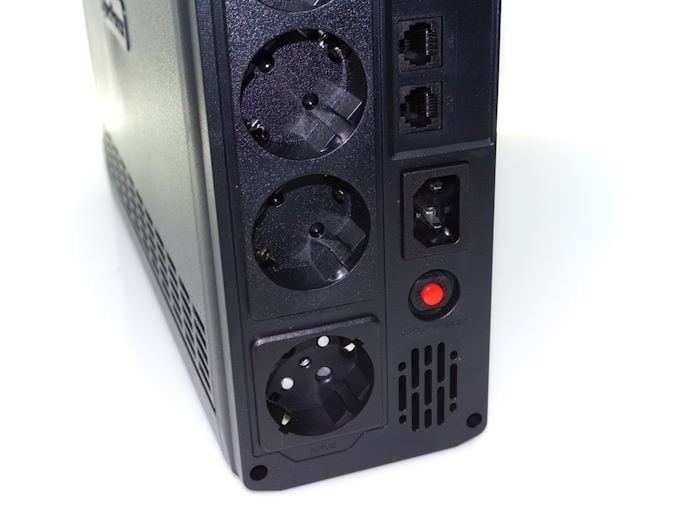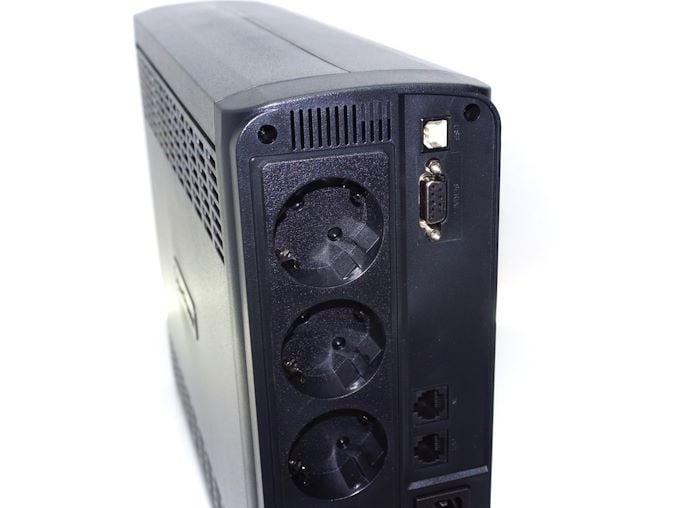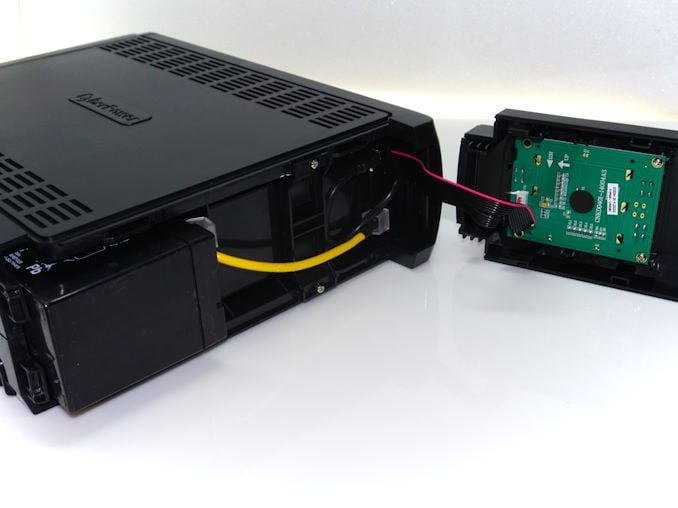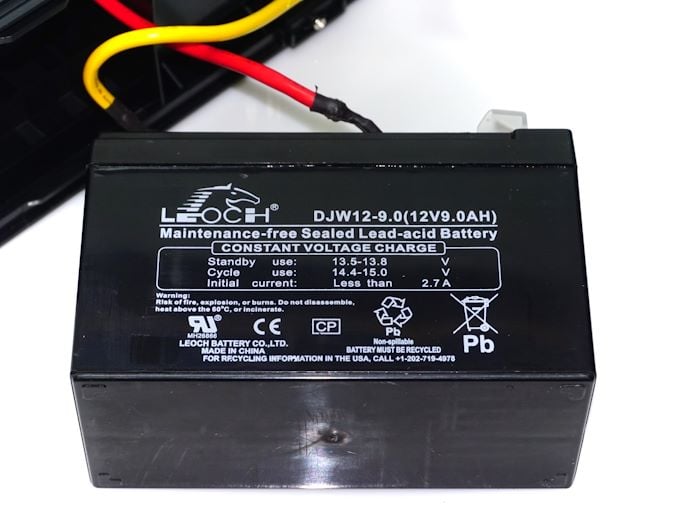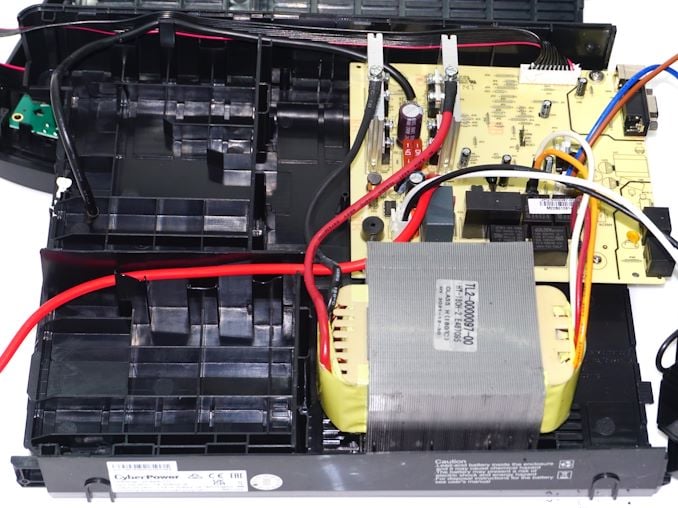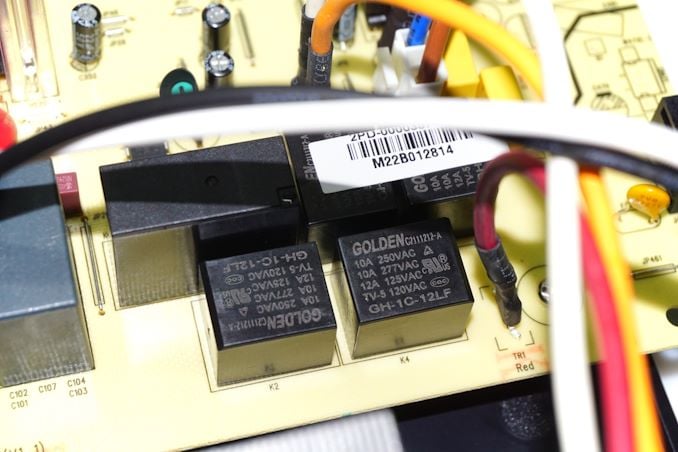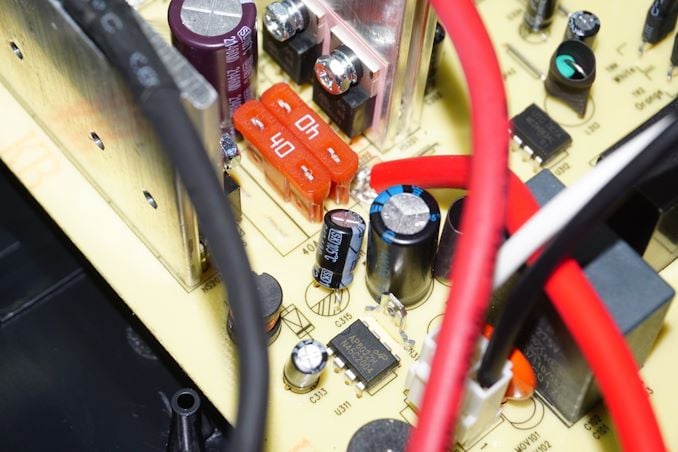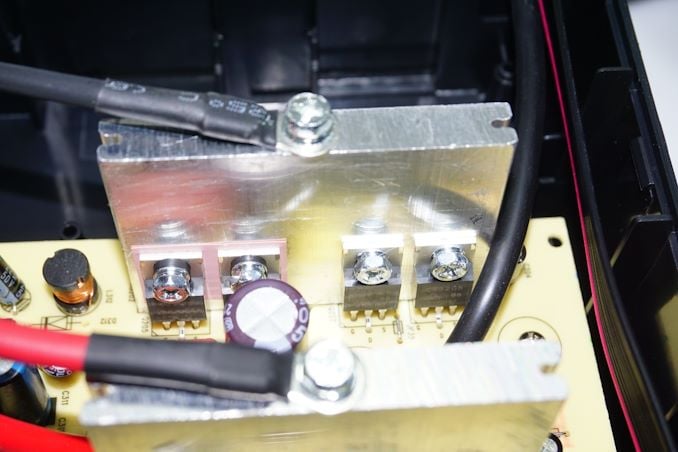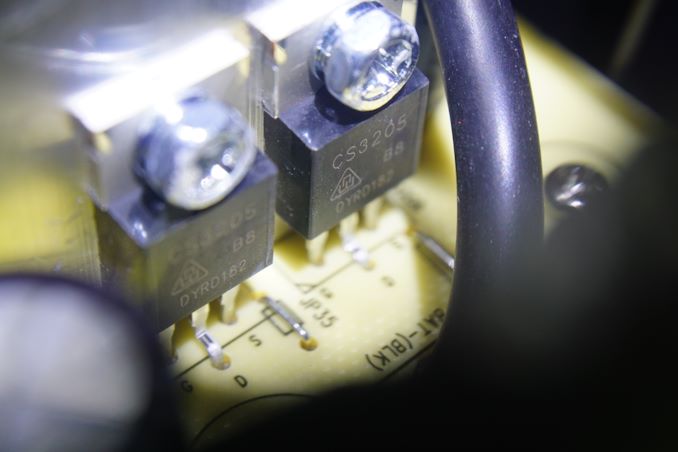Undoubtedly, Cyber Power Systems Inc, also known as CyberPower, is one of the most renowned brand names in IT power management products. The company was founded back in 1997 and has been exclusively focused on the development and marketing of IT-related power products ever since. Naturally, UPS systems are the company’s primary focus, but the company also produces other power-related equipment, such as power distribution units, solar-power inverters, or even mobile accessories, with availability varying by region. In fact, CyberPower is quite unique in that respect: due to its large size, CyberPower is one of the very few companies that have a true international presence, with similar power products available across the globe.
In today’s review, we are looking at one of CyberPower’s most popular consumer UPS systems, the VP1600ELCD 1600VA (EU). A similar version of the UPS is also available in the US with a 1500VA power rating (CP1500AVRLCD) and, obviously, different power outlets. This particular design by CyberPower is very popular globally due to its very high power rating coupled with its low retail price – a price that even competes with imported products of questionable quality. How does it perform though? We will soon find out.
| CyberPower ValuePro VP1600ELCD 1600 VA | |
| Power Capacity | 1600VA/960W |
| Output Voltage | 230 VAC |
| Input Voltage | 167-295 VAC |
| Type | Backup |
| True Sinewave | No |
| Battery | Lead-Acid, 2x 12V/9Ah |
| Full Load Backup Time | 2 min |
| Half Load Backup Time | About 11 min |
| Battery-Backed Sockets | 4 (Type F) |
| Surge Protected Sockets | 1 (Type F) |
| USB-A Outputs | No |
| Ethernet Surge Protection | Yes |
| LCD Display | Yes |
| Dimensions | 100 x 281 x 355 mm |
| Weight | 10.42 kg |
| Price | €199 (US Variant: $185) |
We should note that the AC conversion circuitry of UPS platforms differs depending on the region in order to cope with the different voltage and frequency, therefore there always are slight power differences between otherwise similar platforms depending on the input voltage, with the 120V versions usually being 5-10% less powerful.
The CyberPower ValuePro VP1600ELCD 1600 VA UPS
The CyberPower ValuePro VP1600ELCD UPS comes in a simple cardboard box, with thick packaging foam pieces protecting the rather heavy unit.
Inside, we only find the necessary AC power and USB cables, as well as a basic quick-start guide. There is no extensive manual or media with the software, which has to be downloaded online.
The CyberPower ValuePro VP1600ELCD is a rather typical tower-style UPS with an LCD screen at the front. It measures only 355 mm deep, 100 mm wide, and 281 mm tall (14 in × 3.9 in × 11 in), making it an extremely compact unit for that high of a power output. Less powerful models of the same series are shorter, with the least powerful being just 227 mm (8.9 in) tall. An LCD screen covers nearly half of the unit’s faceplate.
Once turned on, the LCD screen will display a summary of the unit’s load and battery capacity, as well as the estimated runtime with the current load and battery status. It stays off most of the time and the user needs to press the display button momentarily in order to turn it on. Pressing the display button again cycles through more information, such as the input/output voltage and frequency, the load in VA and Watts, and the exact charge of the battery.
At the rear side of this particular model, we found five power plugs. Four are for battery backup and one is for surge protection only. As we are testing the EU version, the plugs are Schuko (EU) plugs. Similar versions of the same unit are available with nearly all regional plugs and CyberPower also retails two versions (120V and 230V) with IEC plugs. The US version of the unit has a total of twelve available plugs (six connected to the battery, six just for surge protection).
This particular design offers two host data connectivity options: USB and Serial. Although a serial port is redundant for any home user nowadays, it still remains a necessary option for legacy systems or proprietary equipment that does not have a modern PC at its core. There is also a non-destructive circuit breaker and an Ethernet surge protection path (input-output plugs). An experienced eye will notice that something is missing and that is a cooling fan. Despite the considerable power output of the UPS and it having a fully functional AVR (automatic voltage regulation) mode, CyberPower designed this unit to rely on passive cooling alone.
The front fascia needs to be removed in order to access the battery compartment. It is held by two screws at the bottom side of the unit and can be easily pulled off when these are removed. Once removed, the user can see the two batteries of the unit, one horizontally at the bottom and one vertically secured above it. The plastic retainer must be removed in order to remove the top battery. If the batteries need to be replaced, the yellow wire must be transferred to the other set of batteries.
We found two Leoch 12V 9Ah batteries in the unit, connected in series (24V 9Ah output). Leoch is a Chinese battery manufacturer that is among the largest on the planet, and whose products are typically considered to be of fairly good quality. Their batteries are commonly found in consumer-grade UPS units.
Splitting open the UPS, we can see a massive transformer secured at the bottom of the plastic body. The circuitry board is attached to the top. There is no cooling fan and only a few vents allow for natural air circulation – this design is clearly not meant to be overtasked. The sizable transformer should be capable of handling a few minutes of heavy load but it would be a grave mistake to modify the batteries in order to increase the autonomy of this UPS.
The power circuitry is simplistic and greatly outdated by today’s power electronic standards. The relays are supplied by Golden Relays, a reputable manufacturer. The capacitors are a mix of Su’Scon and Jamicon, well-established companies whose products are considered just above mediocre.
Eight CS3205 B8 MOSFETs generate the output when the unit switches to its batteries, creating a fundamental inversion circuitry. These particular transistors are not old but are designed to be cheap and relatively reliable, with mediocre performance characteristics.

